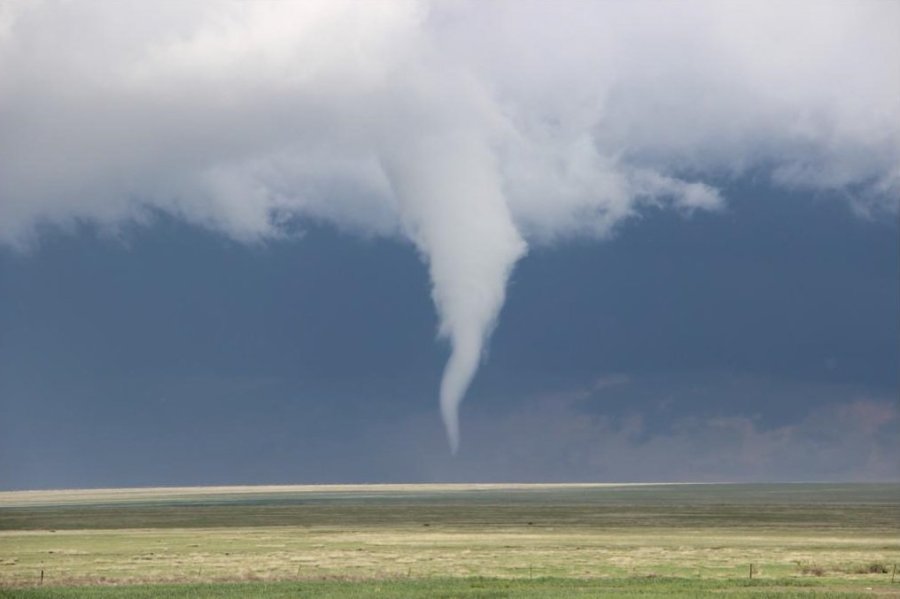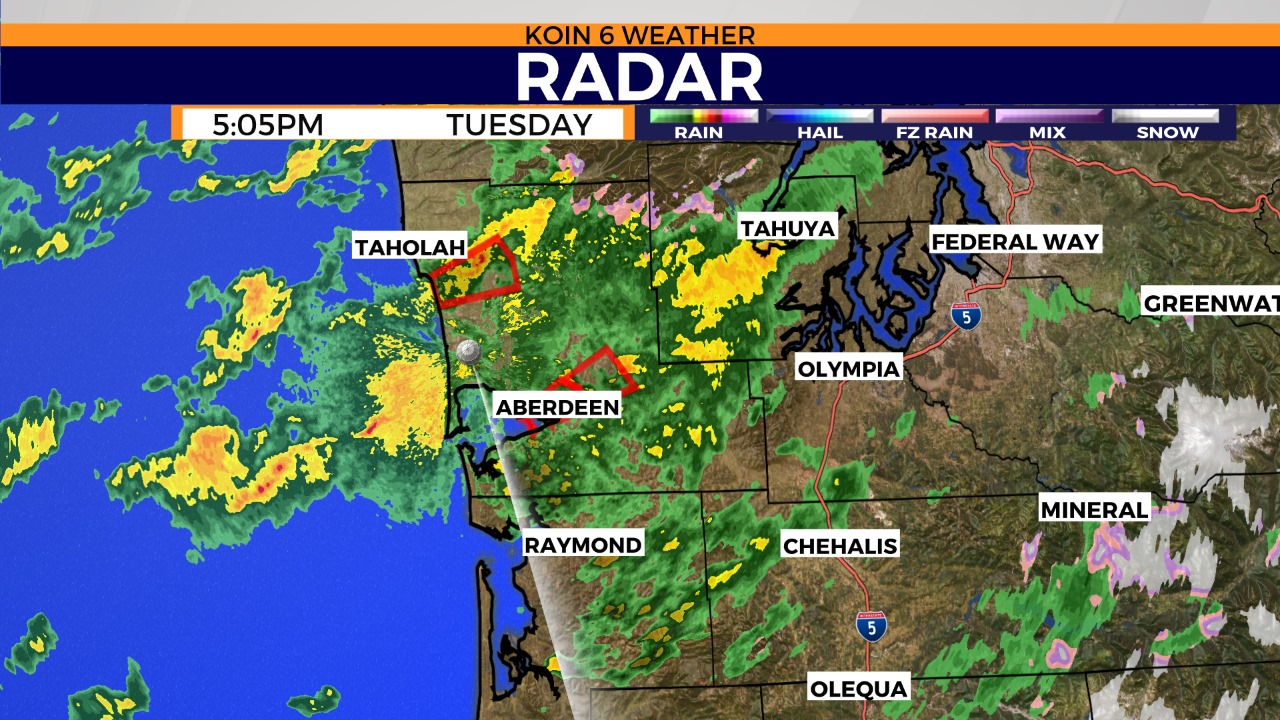PORTLAND, Ore. (KOIN) – Here we go with lesson three of our “Twisters in the Pacific Northwest” series! Have you checked out part one and two yet? You can go through this as a standalone lesson or scroll down to review the first two lessons.
We’re going to focus now on tornado alerts, what you should know and how to prepare. When it comes to safety, it’s all about preparation. One of the most common questions we get as broadcast meteorologists in the public is: what is the difference between a watch and a warning?
Before we get to that, let’s discuss the evolution of severe weather.

Severe weather forecasting usually comes in stages:
- Weather models start to show the potential for severe weather days in advance (week/days).
- As the time nears, meteorologists will analyze the most recent data (a few days before).
- A severe weather outlook will be issued in advance to help the public prepare (a few days).
- During the day of the event a local watch will be issued if the conditions pan out (that day).
- A timeframe will be issued for local meteorologists and the public to be prepared for (hours).
- A warning will be issued during the event to help alert the public if it is severe (active).

Who is issuing the watches and the warnings? This is a great question, because it doesn’t come from the broadcast meteorologist on TV, but it comes from our local National Weather Service (NWS) and the Storm Prediction Center (SPC).
The SPC issues watches, they also offer up other general severe weather outlooks and provide discussions for events.
The NWS in Portland, Pendleton or even Seattle, will be the offices that issue warnings here in our region during the event.
We then relay that information to you on TV and social media.
STUDY THE IMAGE BELOW

WATCHES VS WARNINGS
If you studied the list above, you are aware that the watch is something that comes ahead of time and the warning is urgent. If a tornado warning is issued, that means to get to your safe spot and act. A tornado watch is alerting you that the possibility for a warning is possible because of the conditions taking place.
DO YOU LIKE SWEETS? This is one of the best examples that you will see out there. A watch is alerting you that the ingredients are there, but the warning means it’s here.

WHAT IT LOOKS LIKE ON TV
If you’re watching KOIN 6 during a stormy afternoon or evening, you may see some boxes on the tv. These are going to be the warnings that are issued by the local NWS service that we mentioned above. You can see an example of that in this file photo from January of 2020. This was a particularly busy evening for the communities south of the Olympic Peninsula region. This was a fairly rare event, because we do not get many tornado warnings or watches in the PNW. Between the lack of radar coverage on the Oregon coast and the brief nature of our tornadoes, a tornado warning is seldom issued by the NWS. You can see that in this instance below, the tornado warnings are fairly close to the radar. Unless there is a tornado spotted, we use the technology of the radar to help detect potential tornadoes.

WHAT SHOULD YOU DO?

Well check out this message from the NWS Portland! You should get to a safe place. A safe place for a tornado is going to be the most interior section of your house. You do not want to be near windows or on the exterior. A basement is the most secure but if you don’t have a basement, you want to go to a hallway or a bathroom. You may have a closet in the middle of the house that would work too. You want to cover your head and stay put until you get an update. It is always a good idea to have shoes and a weather radio. You need some way for communication. Chief Meteorologist Natasha Stenbock and her family use the laundry room in her home for a safe place.

When I get to my safe place, I make sure to have a helmet, a flashlight, phone charger, water and a pillow or something else to help cover my body. The most interior spot of my place happens to be a hallway with a closet that is in the middle of my house. You can duck and cover your head too!
Next week we will discuss storm chasing and how some meteorologist spend their time actually studying and searching for tornadoes.
PREVIOUS LESSONS: Part 1 & Part 2
